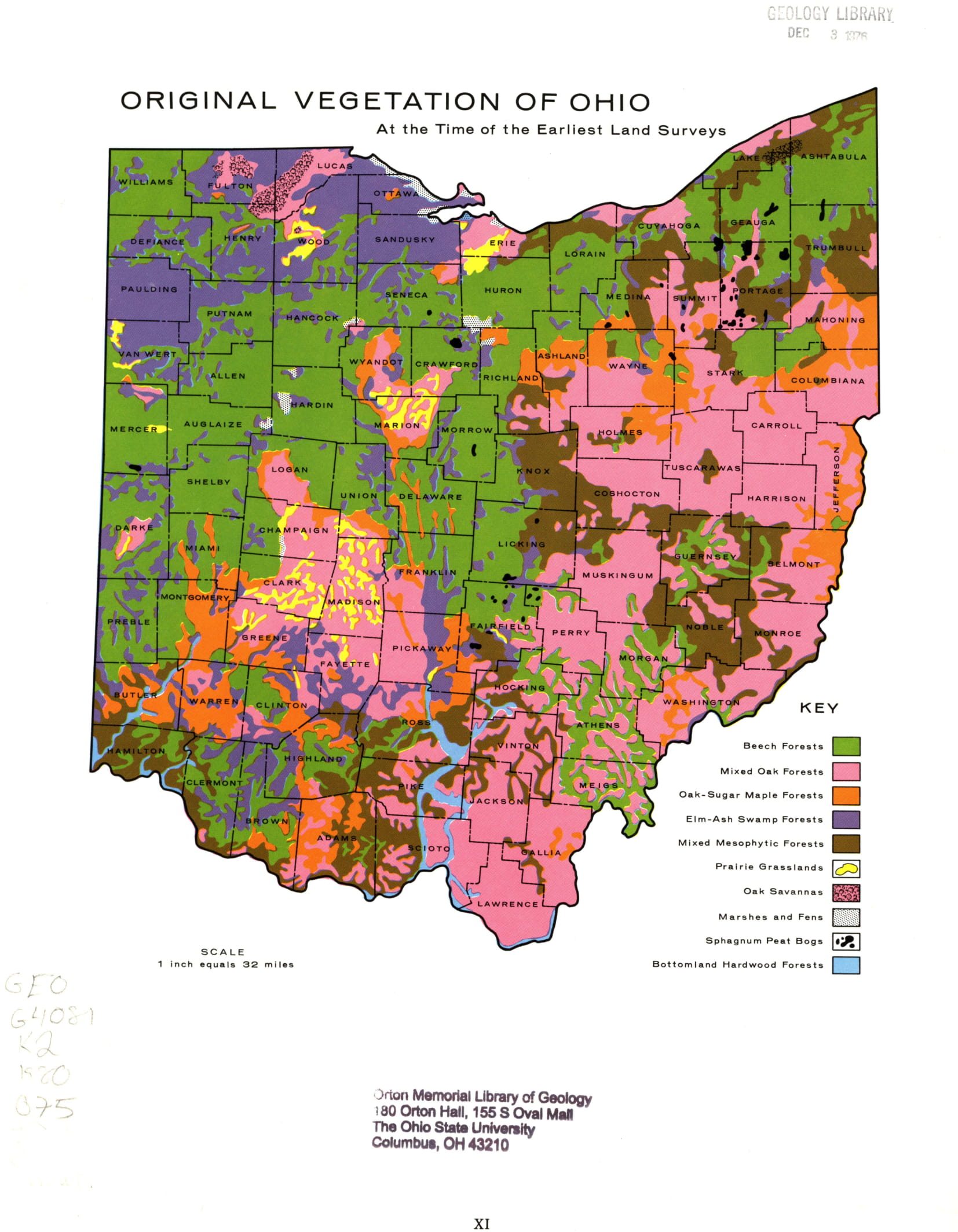Deep History of the Whetstone (Olentangy)
The Whetstone River was formed 14,000 years ago by the retreat of the Scioto Lobe of the Wisconsonian glacier that bulldozed the limestone hills of northern Ohio. As the glacier retreated, melting water carved the river from the glacial till. About 8,000 years ago, a warm period—the Xerothermic interval—saw temperatures averaging 1.6 C higher than now. As arid conditions caused forest cover to burn, prairies emerged in eastern Marion County: the “prairie peninsula” known by settlers as the Sandusky Plains region
Although the climate cooled over thousands of years, indigenous peoples in the region maintained the prairies, burning off young trees. In the 18th and 19th centuries, the Waⁿdát (Wyandot) and Lenni Lenape (Delaware) peoples traveling the Owl Creek Trail from the Sandusky River to the Kokosing crossed the Whetstone just up-river from here.
The Lenape referred to the river as Keenhongsheconsepung, or Tool-Sharpening River, which was translated as the Whetstone. In 1833, Ohio’s legislature attempted to restore some indigenous names to rivers. Mistaking one tributary of the Scioto for another, they officially named the river the Olentangy—a name actually used for Big Darby Creek, well to the West. Locally, in eastern Marion County, the river is still called the Whetstone.





